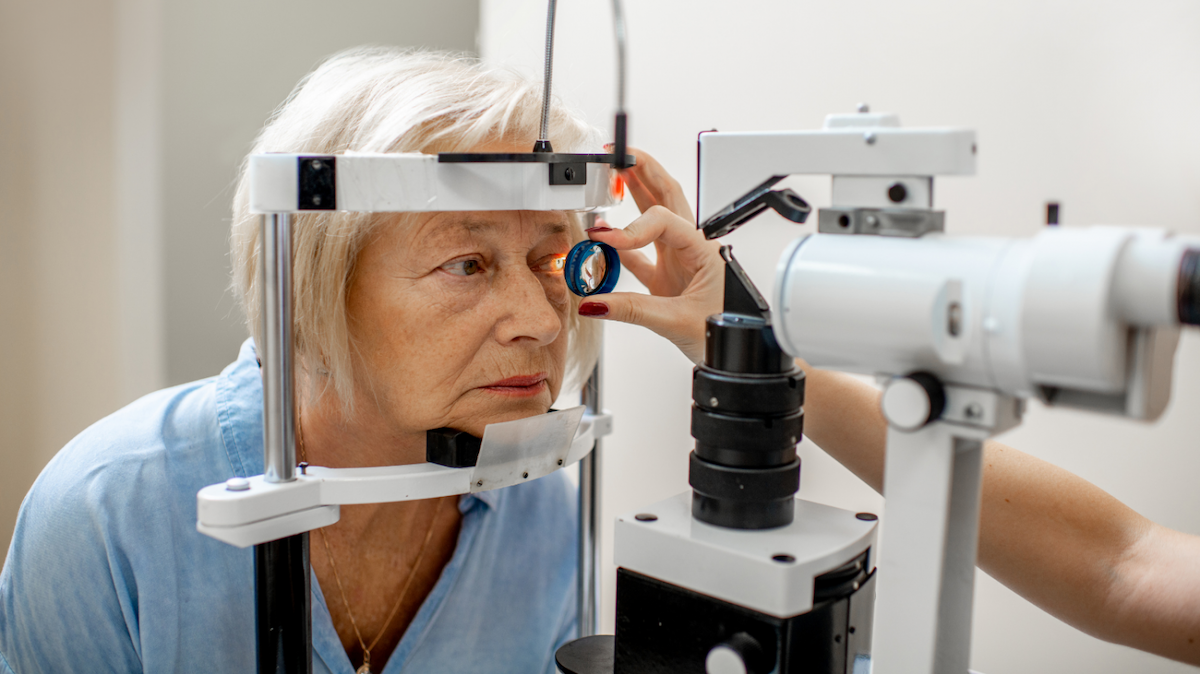Looking for In-Home Care? See All Services
Looking for In-Home Care? See All Services

It’s the second leading cause of blindness in the world – glaucoma. It affects more and more people every year. It is predicted that 111.8 million individuals will have glaucoma by 2040. Here is what you need to know about the so-called “silent thief of sight.”
Glaucoma is a group of eye diseases that damages the optic nerve at the back of the eye. Over time, this may result in vision loss and blindness. Glaucoma progresses slowly, first taking away peripheral vision and then leading to total blindness. Due to the slow progression of the disease – at least in its early stages – up to 50% of affected people in developed countries are not even aware of having glaucoma.
Here are the prevalent types of glaucoma:
Primary Open Angle Glaucoma (POAG): This is the most common form of glaucoma. The cornea (the front of the eye) and iris (the colored ring shape) open a path or angle where eye fluids will drain. In open-angle glaucoma, the trabecular meshwork is partially blocked, which causes eye pressure to increase over time. This pressure damages the optic nerve whose job it is to send visual information to the brain.
Angle-Closure Glaucoma (ACG): This happens when the iris expands too close to the cornea and narrows or blocks the drainage path they create together. Similarly to what happens in open-angle glaucoma, pressure increases and deteriorates the optic nerve. If angle-closure glaucoma occurs over time, it is called chronic angle-closure glaucoma. If it happens swiftly is called acute angle-closure glaucoma and is a medical emergency. If your doctor is unavailable, go to the nearest hospital or clinic.
Those who meet one or more of these factors are at risk for developing glaucoma:
If you are concerned about your own risk factors, speak with your ophthalmologist.
While you may not be able to fully control the onset of glaucoma, you can take preventative steps to help minimize the risk of glaucoma, including:
If you are concerned about glaucoma, other eye diseases or the overall health of your eyes, please consult with your ophthalmologist.
Recently, researchers from the University of Rochester and the University of Pittsburgh have made great strides in the study of glaucoma and other eye diseases. To read more about their study, click here.
If you have glaucoma, remember to use the medicated eye drops regularly and as prescribed by your doctor as there are no symptoms until the disease has progressed extensively. At ComForCare Home Care, our caregivers can help create reminders for you, so you won’t have to worry about missing a dose.


Each office is independently owned and operated
and is an equal opportunity employer.
© 2025 ComForCare Franchise Systems, LLC.
Contact Us
(800) 886-4044